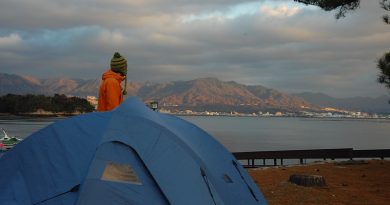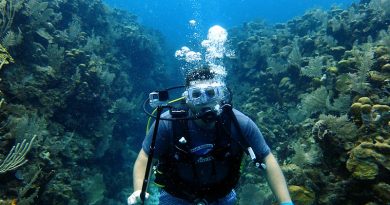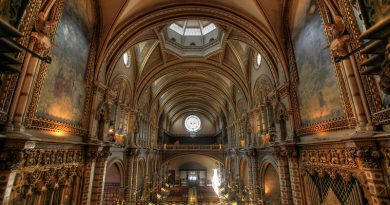The Indonesian island of Flores
Unlike most islands in the Indonesian archipelago, the modern name Flores was given by the Portuguese, from Cabo das Flores(Cape of Flowers), the Portuguese term for the eastern part of the island.
Prehistory
Before the arrival of modern humans, Flores was occupied by Homo floresiensis, a small archaic human.The ancestors of Homo floresiensis arrived on the island between 1.3 and 1 million years ago.
Remains of nine individuals have been found,and the dominant consensus is that these remains do represent a distinct species due to anatomical differences from modern humans.The most recent evidence shows that Homo floresiensis likely became extinct 50,000 years ago, around the time of modern human arrival to the archipelago.
Modern history
Flores was most likely first inhabited by Melanesians at least since 30,000 BC.
Portuguese traders and missionaries came to Flores in the 16th century. The first Portuguese visit took place in 1511, through the expedition of António de Abreu and his vice-captain Francisco Serrão, en route through the Sunda islands.
The Dominican order was extremely important in this island, as well as in the neighbouring islands of Timor and Solor. When in 1613 the Dutch attacked the Fortress of Solor, the population of this fort, led by the Dominicans, moved to the harbor town of Larantuka, on the eastern coast of Flores. This population was mixed, of Portuguese and local islander descent and Larantuqueiros, Topasses or, as Dutch knew them, the ‘Black Portuguese’
The Larantuqueiros or Topasses became the dominant sandalwood trading people of the region for the next 200 years. This group used Portuguese as the language for worship, Malay as the language of trade and a mixed dialect as mother tongue. This was observed by William Dampier, an English privateer visiting the Island in 1699:
These [the Topasses] have no Forts, but depend on their Alliance with the Natives: And indeed they are already so mixt, that it is hard to distinguish whether they are Portuguese or Indians. Their Language is Portuguese; and the religion they have, is Romish. They seem in Words to acknowledge the King of Portugal for their Sovereign; yet they will not accept any Officers sent by him. They speak indifferently the Malayan and their own native Languages, as well as Portuguese.
In the western part of Flores, the Manggarai came under the control of the sultanate of Bima, in eastern Sumbawa; The Dutch effectively established their administration over western Flores
In 1846, Dutch and Portuguese initiated negotiations towards delimiting the territories but these negotiations led nowhere. In 1851 Lima Lopes, the new governor of Timor, Solor and Flores, agreed to sell eastern Flores and the nearby islands to the Dutch in return for a payment of 200,000 Florins in order to support his impoverished administration. Lima Lopes did so without the consent of Lisbon and was dismissed in disgrace, but his agreement was not rescinded and in 1854 Portugal ceded all its historical claims on Flores. After this, Flores became part of the territory of the Dutch East Indies.
During World War II a Japanese invasion force landed at Reo on 14 May 1942 and occupied Flores.After the war Flores became part of independent Indonesia.
On 12 December 1992, an earthquake measuring 7.8 on the Richter scale killed 2,500 people in and around Maumere.
The native peoples of Flores are mostly Roman Catholic Christians, whereas most other Indonesians are Muslim. As a consequence, Flores may be regarded as surrounded by a religious border. The prominence of Catholicism on the island results from its colonisation by Portugal in the east and early 20th-century support by the Dutch in the west. In other parts of Indonesia with significant Christian populations, such as the Maluku Islands and Sulawesi, the geographical divide is less rigid and Muslims and Christians sometimes live side by side. Flores thereby also has less religious violence than that which has sporadically occurred in other parts of Indonesia. There are several churches on the island. On 26 May 2019, Flores’ St. Paul Catholic University of Indonesia was formally inaugurated by Indonesian Education Minister Mohamad Nasir, becoming the first Catholic University in Flores..Aside from Catholicism, Islam also has a presence on the island especially in some coastal communities.




